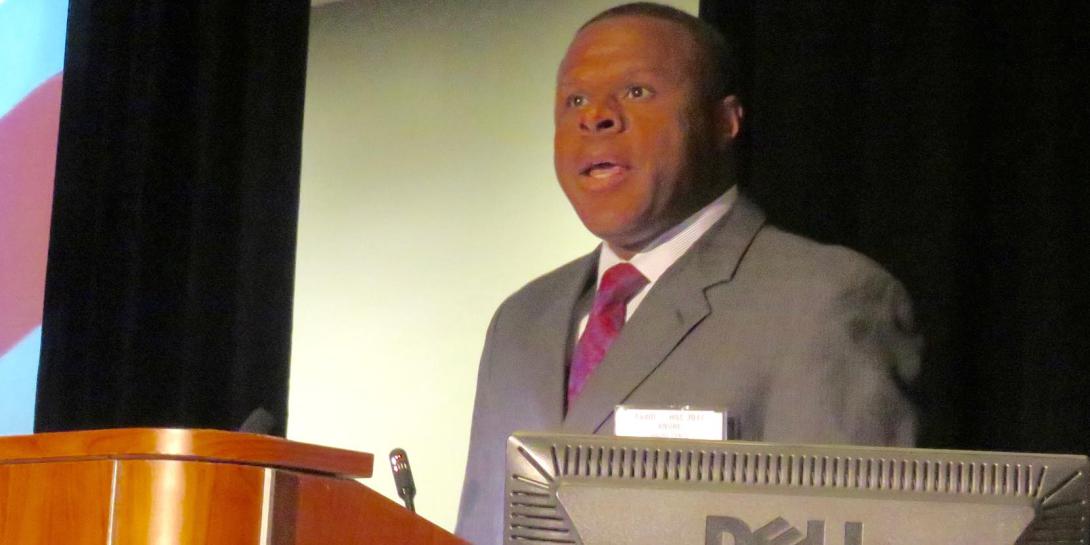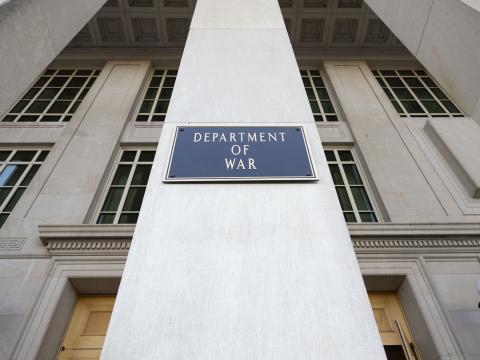Technology to the Rescue for Homeland Security Needs
Digital technology has taken on new forms and shapes at a rapid pace. Historic infrastructures are being challenged. Autonomous vehicles, banking, Bitcoin, asymmetrical financing and all the elements of the Internet of Things are in the forefront.
The challenge is how to bake in security as these things come online. “We are always interested in technology solutions that can help, said Andre Hentz, deputy undersecretary (acting) for science and technology, DHS, speaking to an audience of industry and government at the AFCEA Homeland Security Conference.
“Emergency decisions have to be made at the speed of thought," he emphasized. “We need to be able to take predictable analytic technology where tools improve decisions.” Data simulation and predictive analytics become natural. “We must protect, but also identify, things we are concerned with, such as bio agents.”
One example of this is DHS’s work with the Lower Colorado River Authority to install small sensors. These sensors will help the authority understand where flood is an issue and will enable leaders to decide on what orders to issue, such as shelter in place or evacuate.
In regard to hurricane threats, the organization is actively engaging with local organizations to develop a model and simulation that will show surge predictions. It is also working with the Coast Guard, using tools to allow the organization to understand and to pre-position aerial assets. Real-time pertinent information is needed that will enable the service to make decisions. In one case, Hentz explained, “they are using television towers when there is an outage in cell towers so they can have voice and video communications. Often there are data feeds coming in from helicopters, drones and traffic cameras, so we need to figure out how to include disparate data."
People will take to social media to communicate when traditional capabilities are out, so the agency is making sure tools exist that can be use for automated real time monitoring of the platforms, he added.
“We see the future where networks are trusted and systems have redundancies, and the way to get there is investment in people and technologies to bring new ideas to life and solve problems,” Hentz reported.
“We must ensure that the technology keeps pace with technical advances, and we must be resilient and aware of changing environments. One example is wearable technology where first responders can communicate with entities easier,” he added.
For financial and biological security, DHS is looking for solutions to detect, authenticate and update a cyber structure while respecting privacy and advancing commerce.
“We would like to increase our collaboration with industry to carry out DHS missions,” he stated. “We are seeing intensified natural disasters and other changing threats. Public safety is too complex to do by ourselves. Innovation requires collaboration and partnerships."
The science and technology arm of DHS is trying to be novel in how it reaches the innovation community. To do this, it is using a business-like approaches where DHS serves as venture capitalist. Products that are offered are scoped around DHS’s unique needs. The ultimate goal, according to Hentz, would be a DHS industrial base similar to what the Department of Defense has.





Comments